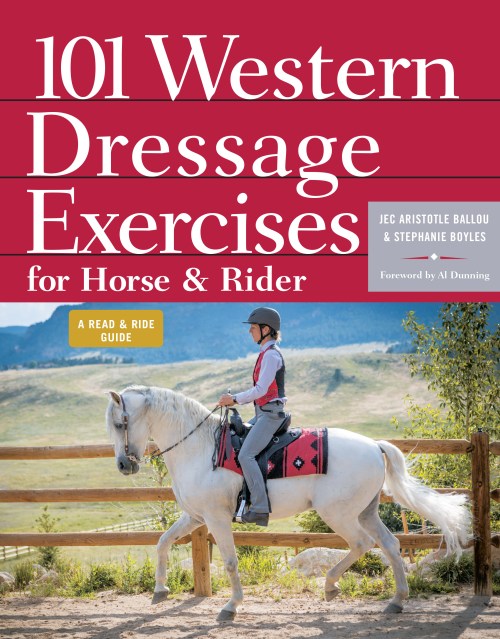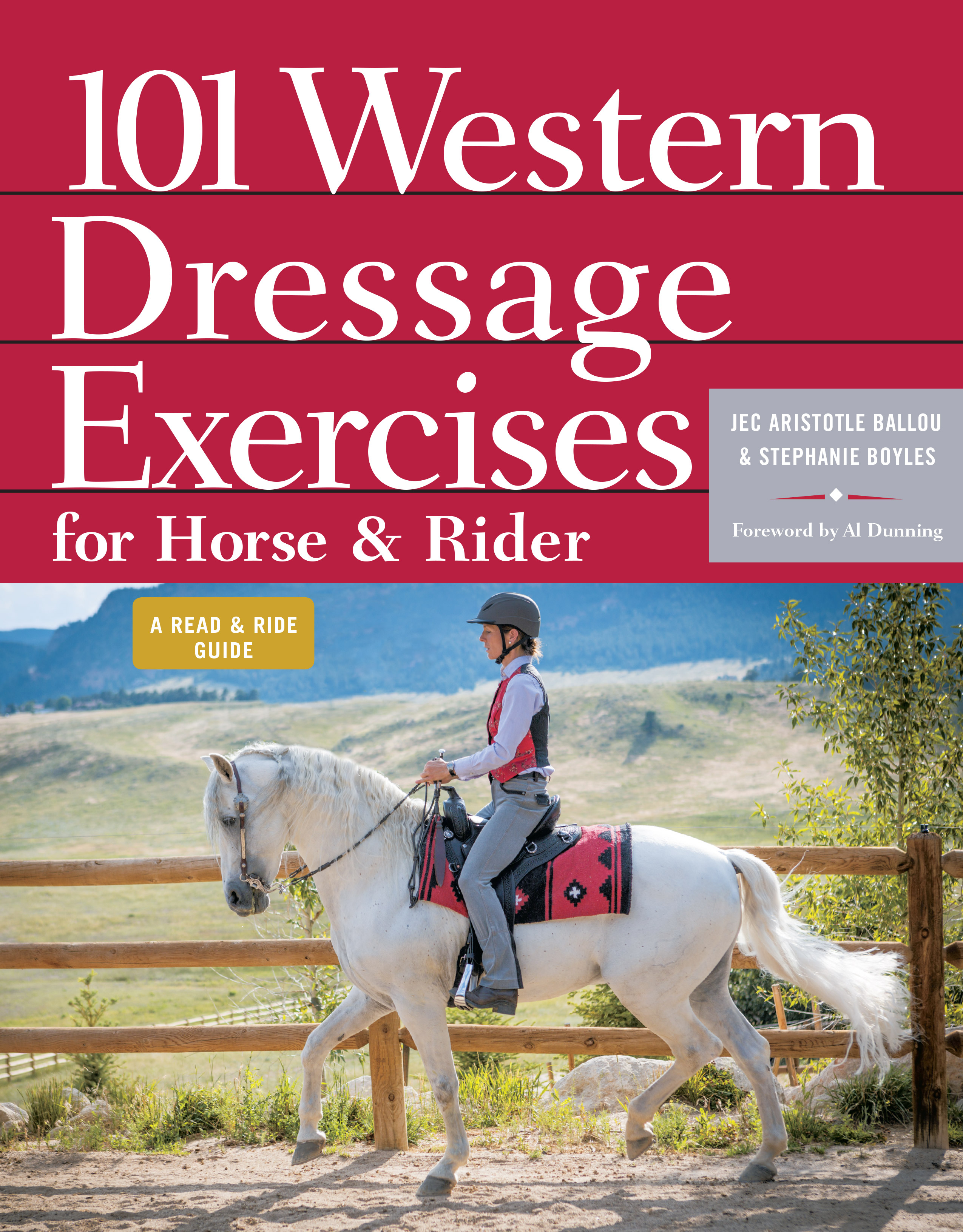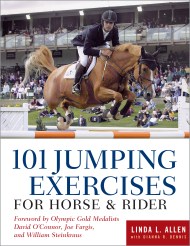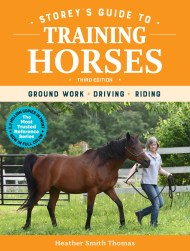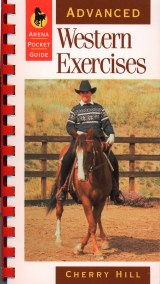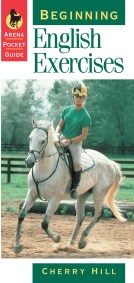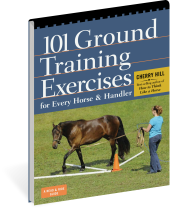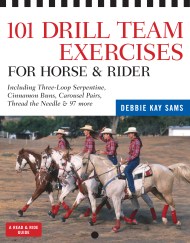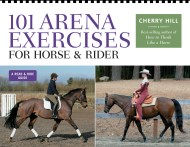Promotion
Use code MOM24 for 20% off site wide + free shipping over $45
101 Western Dressage Exercises for Horse & Rider
Contributors
By Stephanie Boyles
Foreword by Al Dunning
Formats and Prices
Price
$14.99Price
$19.99 CADFormat
Format:
- ebook $14.99 $19.99 CAD
- Trade Paperback $29.99 $37.99 CAD
This item is a preorder. Your payment method will be charged immediately, and the product is expected to ship on or around August 9, 2014. This date is subject to change due to shipping delays beyond our control.
Also available from:
This series of Western Dressage exercises are designed to improve suppleness, balance in movement, and responsiveness. Each exercise has a specific goal in mind, and they are organized by different areas of focus: softness, looseness, rider development, engagement, adjustability, and ground work. With illustrated step-by-step instructions and full arena diagrams, you’ll quickly be on your way to mastering this exciting discipline.
Genre:
- On Sale
- Aug 9, 2014
- Page Count
- 240 pages
- Publisher
- Storey
- ISBN-13
- 9781603429214
Newsletter Signup
By clicking ‘Sign Up,’ I acknowledge that I have read and agree to Hachette Book Group’s Privacy Policy and Terms of Use
